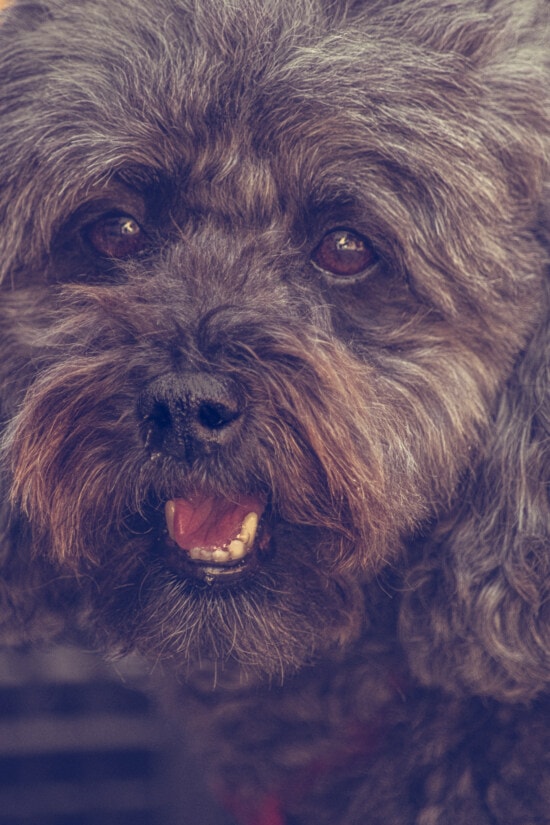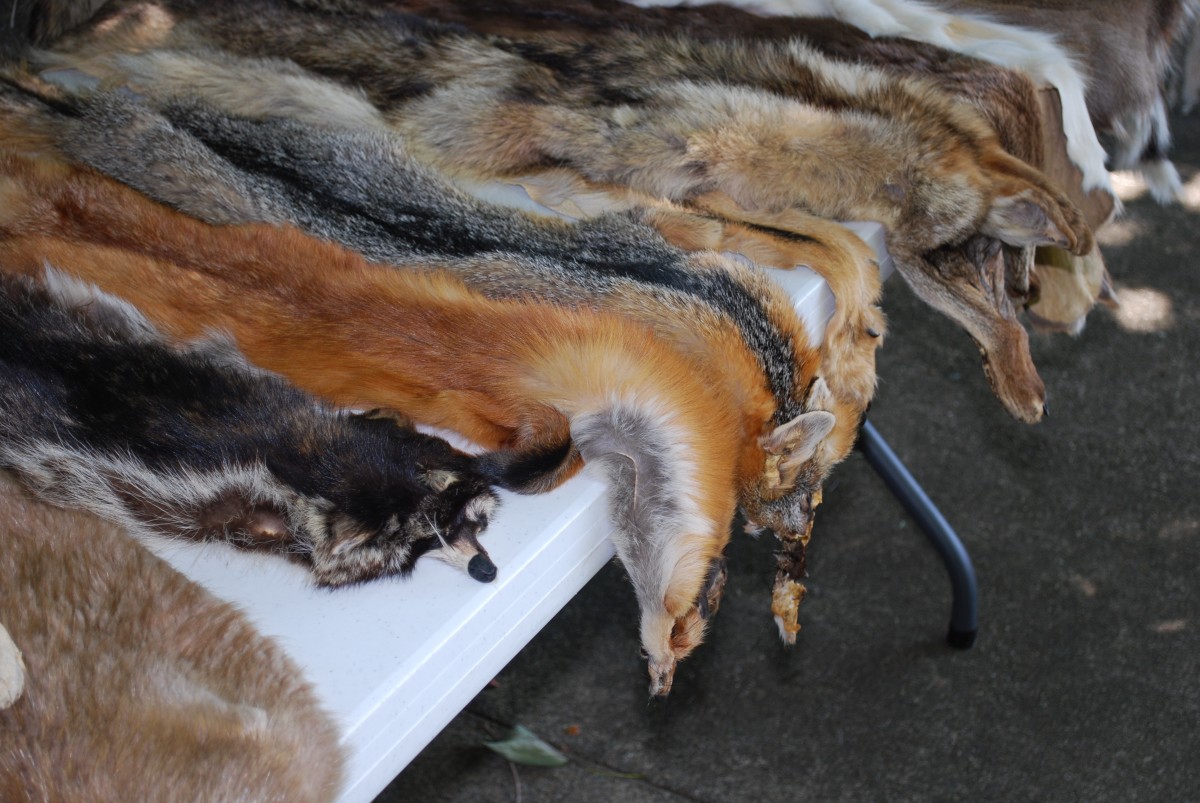For owners of long-haired dogs, it’s often a chore, but for a German start-up, it’s an extraordinary raw material. What to do with the hair of your faithful companion? Instead of throwing them in the garbage, the founders of Modus Intarsia recover them, turn them into wool and make clothes! An original initiative that relies on local sourcing, thus limiting imports and using synthetic materials. Discover the future fashionable fiber with this wool with such particular properties.
Chiengora: the particularities of dog wool
Dog owners know it well; the hair of their faithful four-legged friends is invasive. Some need to be brushed daily, those that shed all the time, and others that go through a molt… Where do these astronomical quantities of hair usually end up? At the bottom of the garbage can or scattered outside, the clumps don’t end up directly in the carpets or on the sofa. Huskies, Samoyeds, Colleys, Australian shepherds…
A German start-up is giving a new life to this untapped resource by making dog-gora wool and clothing—a fantastic alternative for sustainable, local, animal-friendly, transparent, and eco-friendly textiles. It is necessary to count approximately $120 for a hat or a scarf for these high-end garments—balls of wool cost around $30 each. European production and wage conditions are necessarily reflected in the selling prices.
In terms of characteristics, Chiengora wool is similar to cashmere. It is soft to the touch like alpaca, and in terms of thermal balance, it is 80% warmer than sheep’s wool.
How is dog hair wool obtained?

No animal abuse is used to obtain this wool. In Germany, the start-up has an extensive network of donors consisting of caring owners. The deposit is made at collection points or by sending a parcel. Each individual can indeed keep the undercoat of their animal until reaching 500 grams minimum. You have to fill in an online form to get a free shipping slip. It is even possible to knit the wool of your dog with a 3-month delay.
It is then necessary to get rid of the received ideas; the wool of a dog has no smell, just like sheep’s wool. Indeed, before transformation, the tufts of hair are sorted by color, then washed and treated.
At the origin of this textile revolution
A family anecdote started it all for Ann-Cathrin Schonrock in the summer of 2018. Indeed, her mother treasured the combed undercoat of her two Tibetan terriers. She judged it to be “too beautiful to throw away”.There was food for thought for Ann-Cathrin, who is passionate about knitting and sustainable development. She then looked into whether it was possible to spin dog hair into balls of wool.
She then approached Franziska Uhl, a future textile engineer, to determine if this idea was feasible. They then turned the project into reality by co-founding Modus Intarsia.
In January 2020, their company received the Heldenmarkt start-up prize in Hamburg for innovative ideas. In April 2020, they were awarded a grant and joined an incubator at the Reutligen Entrepreneurship Center the same year. Their company is among the 32 winners designated as Germany’s cultural and creative pilots out of 1,170 applications to crown this success.
With a supply chain now well in place, they hope to collect enough raw material to consider launching industrial production.
Ann-Cathrin Schonrock sees dog wool as the next fashionable fiber and estimates that 500 tons of dog hair could be harvested yearly.
